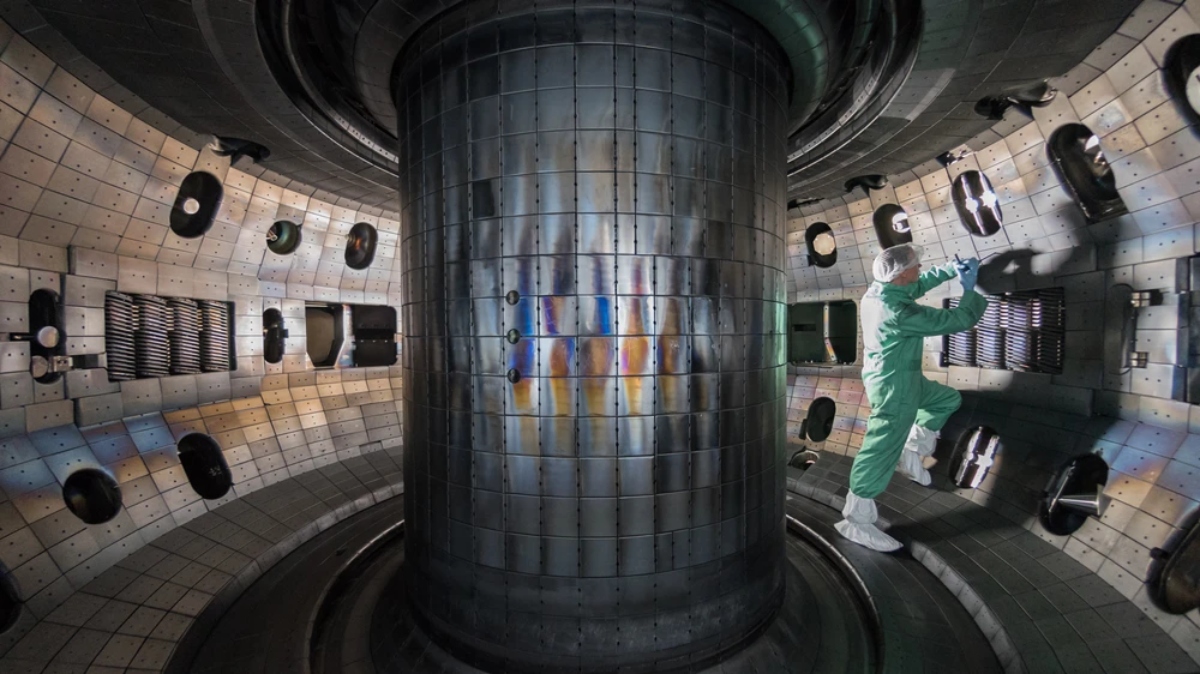Millions of dollars and thousands of scientists have long been dedicated to predicting where and when the next big earthquake will occur. However, predicting earthquakes is not the same as, for example, weather forecasting, which has been greatly improved thanks to the use of better satellites and more advanced mathematical models. Thus, all the money and time invested in earthquake prediction has always been fraught with countless failures.
To put you in context about some of the failures to which we refer, it suffices to recall the world’s most destructive earthquakes. China in 2008, Haiti in 2010 and Japan in 2011 all occurred in areas that seismic risk maps considered relatively safe. And the last major earthquake (Los Angeles 1994) occurred on a fault that did not appear on seismic maps.
A major earthquake will happen, but more accurate warnings will be possible
With the help of artificial intelligence, many scientists say that changes in the way they can analyze large amounts of seismic data will help them understand earthquakes in more detail. Anticipate its behavior and generate alerts quickly, especially if it is the great earthquake that is being speculated about.
Paul Johnson, a professor at Los Alamos National Laboratory, and one of the scientists leading the research, comments:
“I am truly hopeful for the first time in my career that we will make progress on this problem.”
On the other hand, a study led by Katherine M. Scharer, a geologist with the U.S. Geological Survey. He estimates that the average interval between major earthquakes has occurred every 135 years or so.
Given the above, and taking into account that the last major earthquake on the San Andreas fault in southern California occurred in 1857, he estimates that the next one is about to happen. However, it is not a very accurate prediction, as this could happen tomorrow or a century from now.
But, seismic research related to artificial intelligence is supported by neural networks, this being the same technology that has been involved in the progress of digital assistants and autonomous vehicles. Very similar to the network of neurons in the human brain, the neural network is a complex mathematical system, capable of learning tasks on its own.
New perspectives in analysis
That said, when studying earthquakes with the help of artificial intelligence, the computer looks for patterns in mountains of data, and does not rely on the tired eyes of a scientist. With the help of neural networks and AI techniques, they hope to gain new insights from all the data analyzed.
The idea then is to use all these techniques to develop systems that can more accurately anticipate a major earthquake . Also, to know where the epicenter will be and where the seismic waves will spread.
If you liked this article, you can also read: Water wars to be predicted with artificial intelligence




